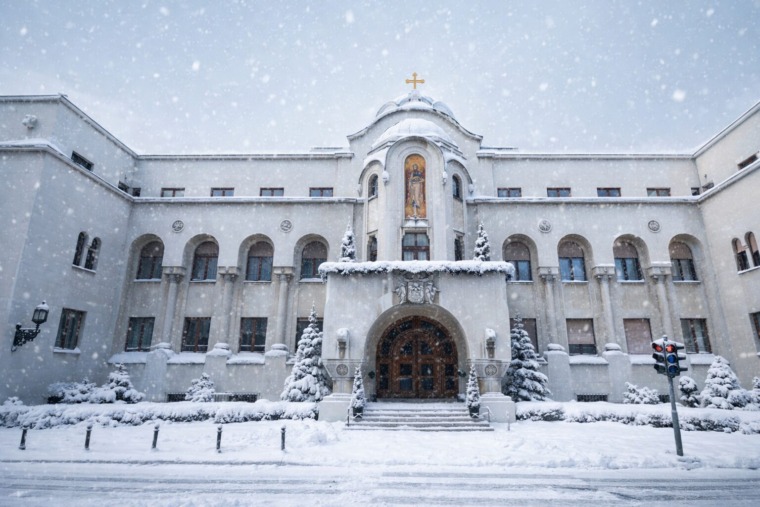
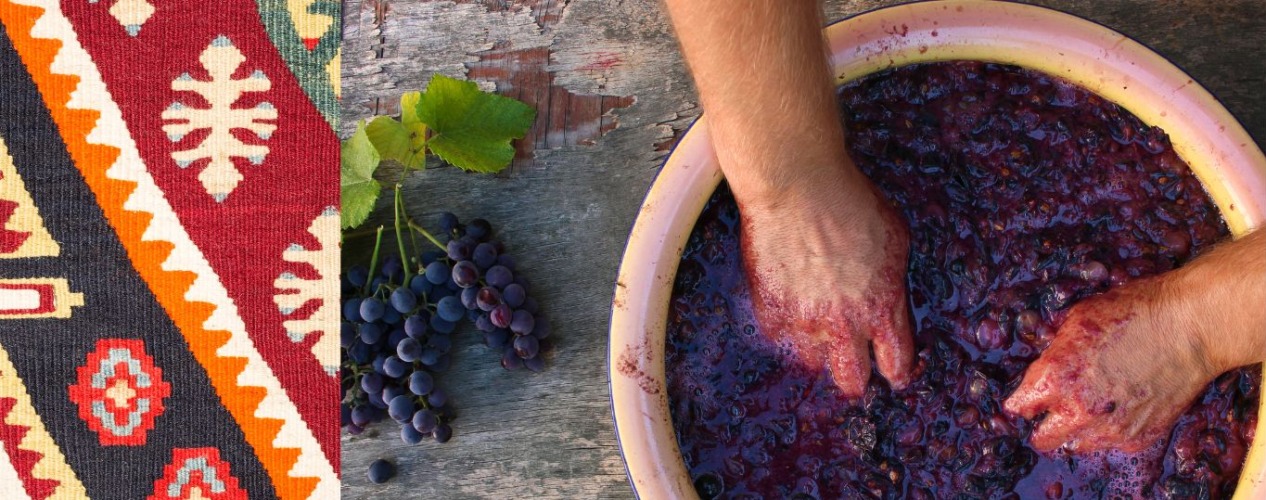
In Serbia, autumn brings the scent of ripe grapes and the colors of vineyards turning into a true celebration of life. The grape harvest is never just work – it is a ritual, an event that gathers family, friends, and neighbors. In the vineyard rows, everyone has their role: children fill baskets, elders share knowledge about winemaking, and laughter mixes with the rustling of leaves.
From grapes to wine, rakija, and sweets
In Serbia, grapes have always been more than fruit. They become wine – the pride of Serbian vineyards – then rakija, especially lozovača and vinjak, but also jams, slatko, and other homemade delicacies. With cheerful songs and heartfelt toasts, the harvest turns into a feast of tastes and scents. Every drop carries both tradition and the labor of love.
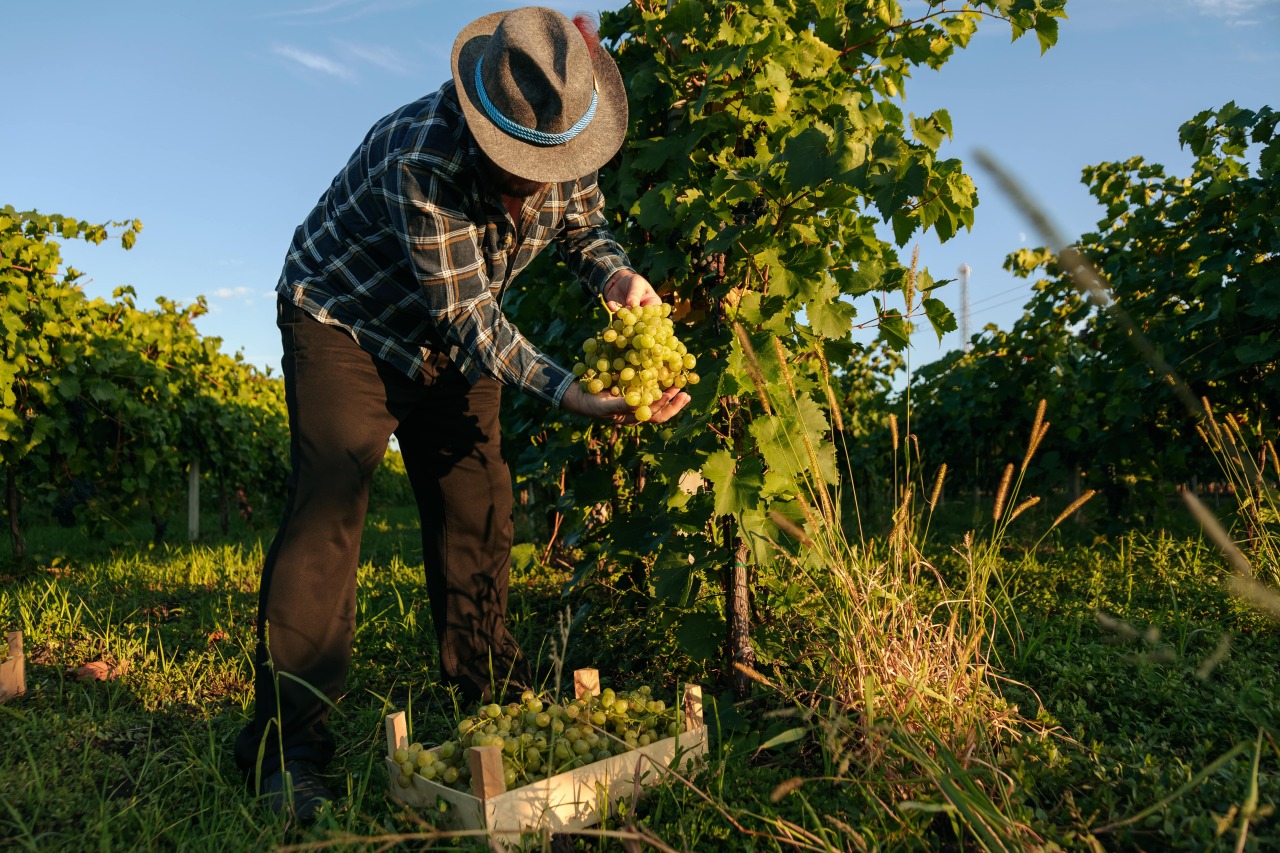
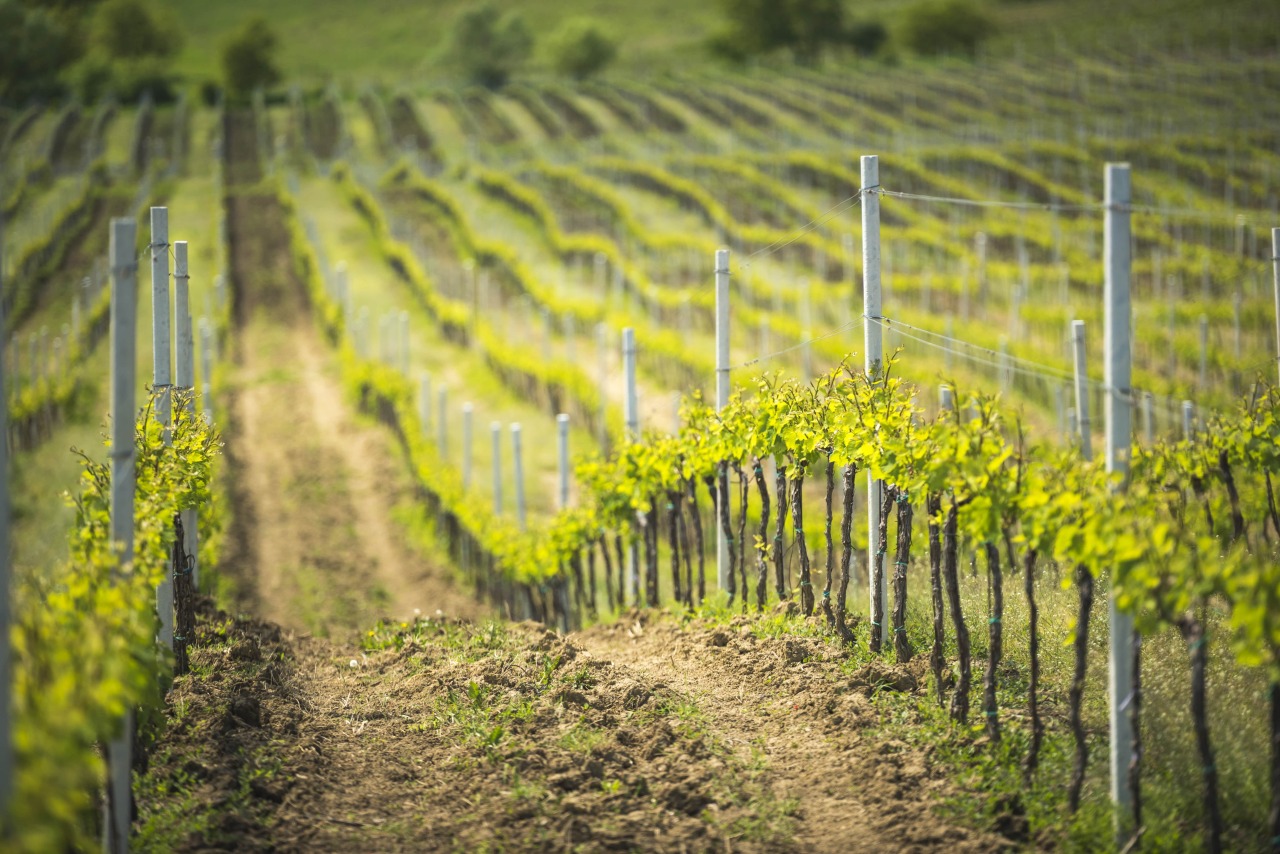
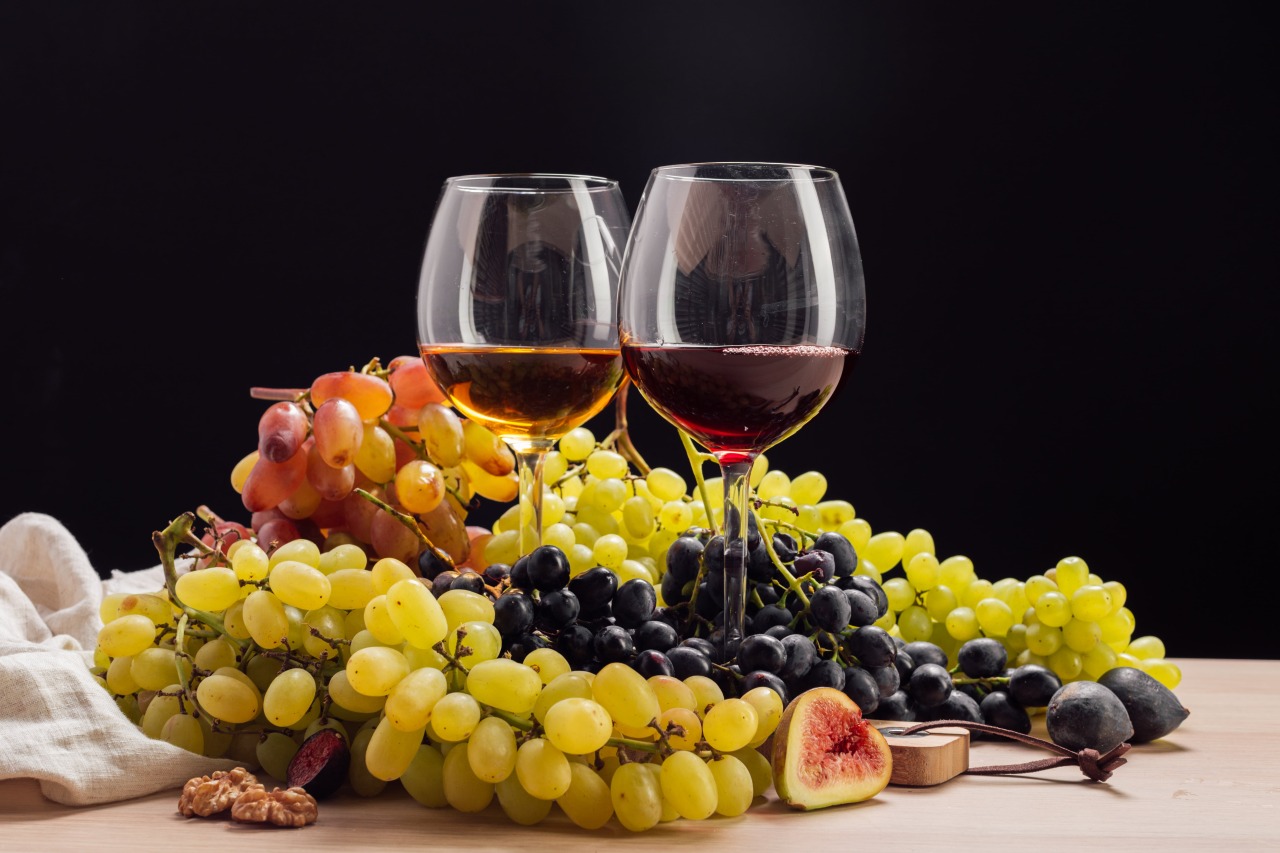
Harvest festivals – tradition celebrated
In many regions, the grape harvest has grown into a public celebration. The most famous is the Oplenac Harvest in Topola, where wine exhibitions, concerts, and folklore performances honor viniculture.
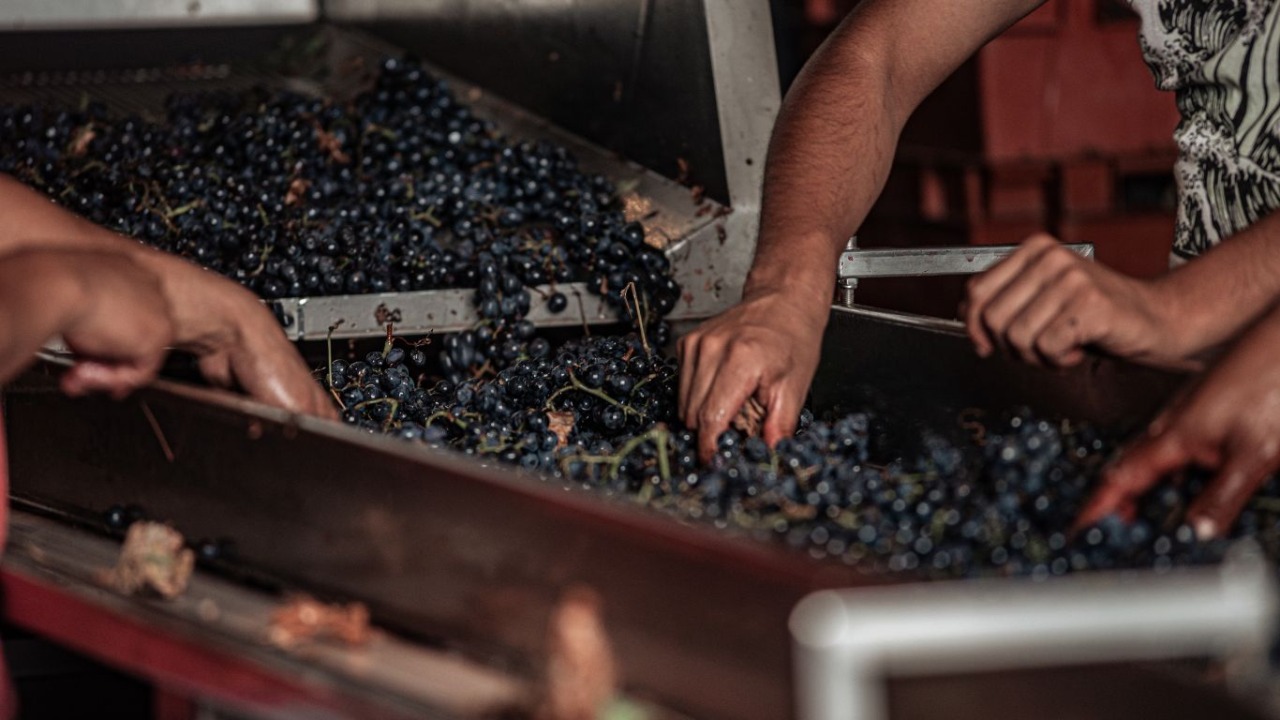
Equally important is the Župa Harvest in Aleksandrovac, one of the oldest and largest wine festivals in the Balkans, attracting thousands of visitors every autumn. These events show how deeply the harvest is rooted in Serbian culture.
Serbia’s wine routes
Today, Serbia develops recognizable wine routes that pass through Fruška Gora, Župa, Negotin, Šumadija, and other regions. Along these paths, visitors can taste authentic wines – from Prokupac, Serbia’s autochthonous grape variety, to international ones that have found a home here. Each winery tells its own story, and each glass of wine carries the spirit of the land and people.
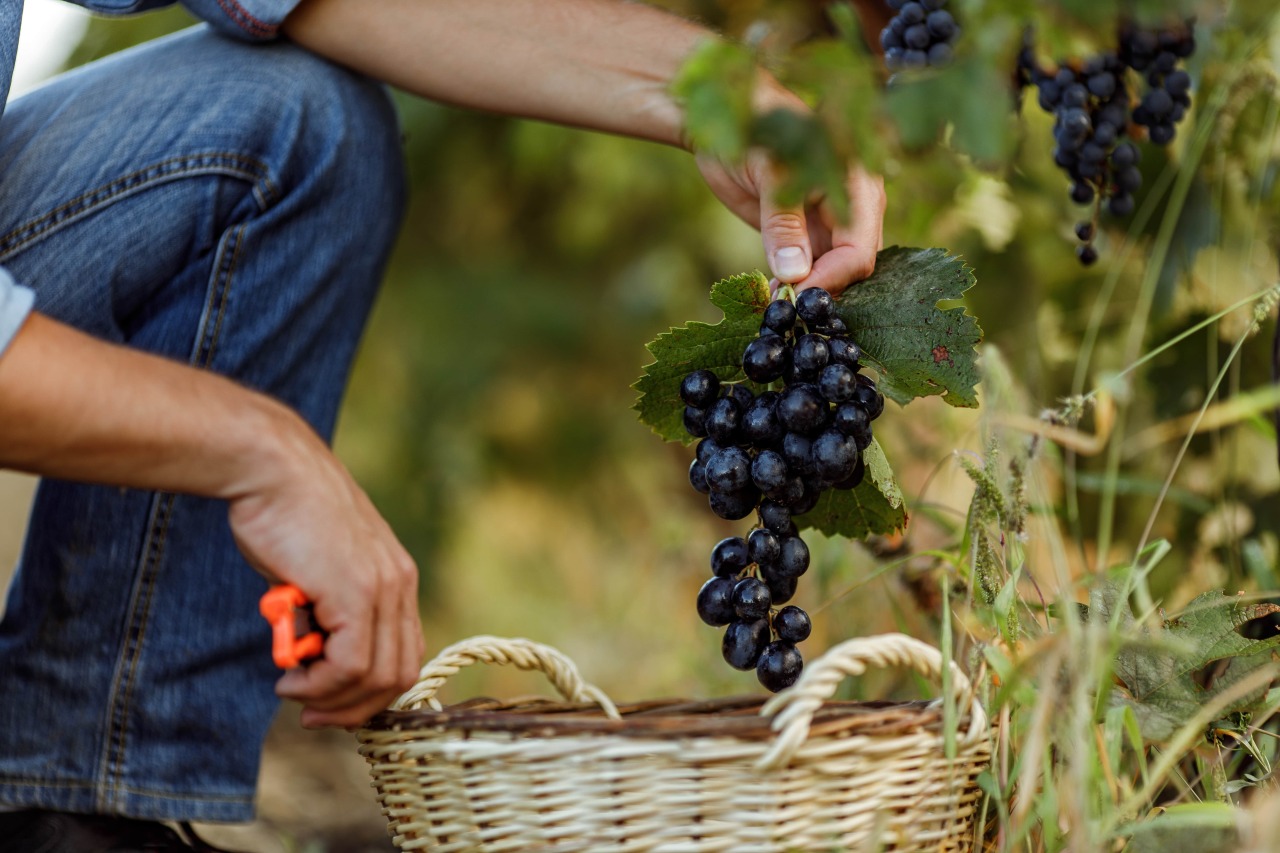
More than tradition
The grape harvest in Serbia is not only about production – it is a moment of joy, gathering, and gratitude. It reminds us that wine is more than just a drink; it is an expression of culture, soil, and people. That is why the harvest is always celebrated as a festival of life and one of the most cherished Serbian rituals.
Related Articles


From Fireworks to Family Dinners: New Year’s Eve Across Serbia
December 31, 2025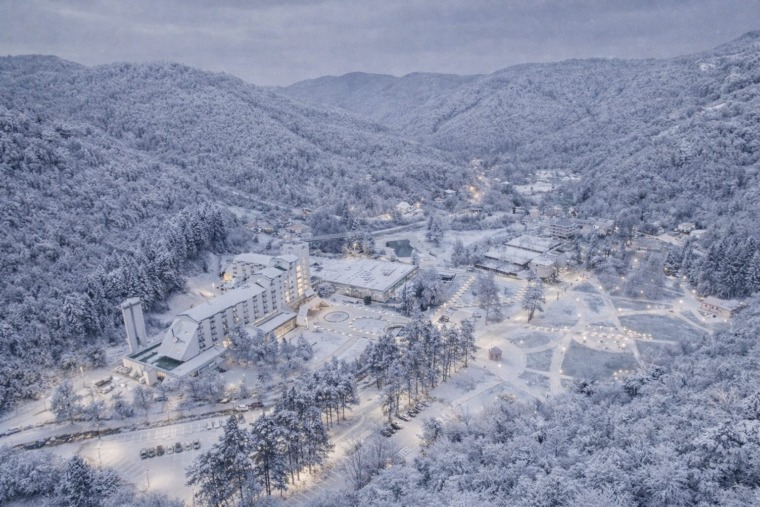
Kuršumlijska Banja: Serbia’s Quiet Winter Spa Escape
December 30, 2025
Novak Đokovic Receives Special Globe Soccer Award in Dubai
December 29, 2025
From Culture to Sport: The Moments That Shaped Serbia in 2025
December 27, 2025


